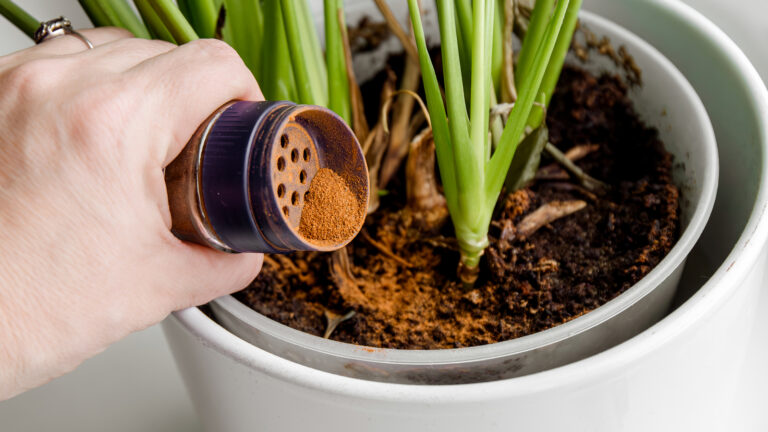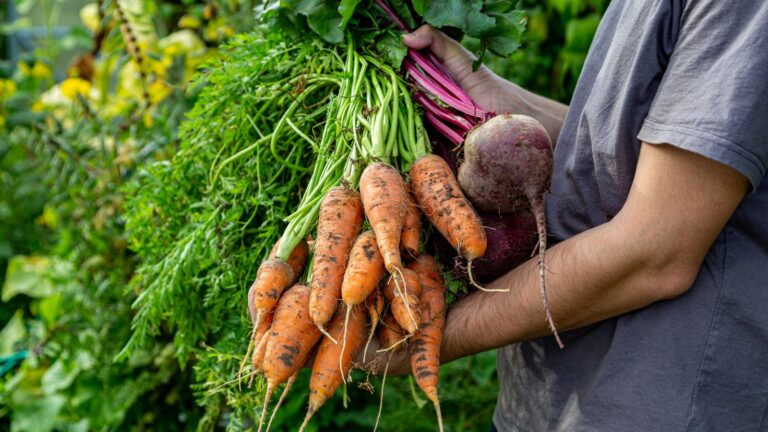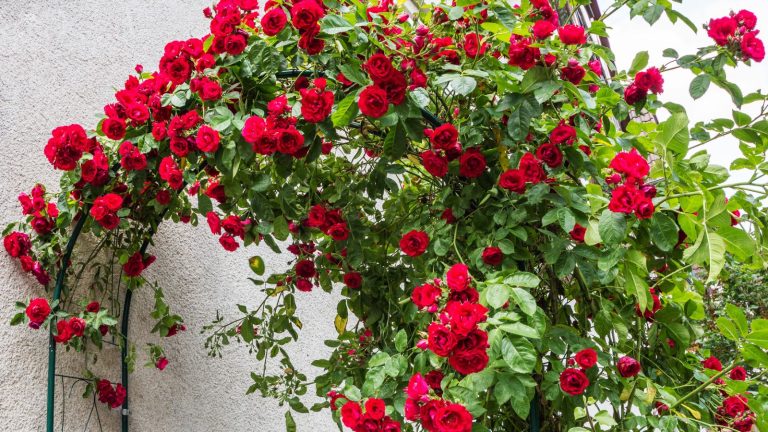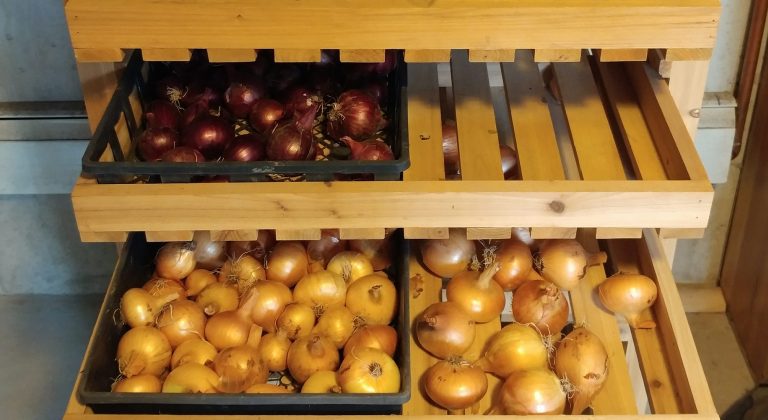This post may contain affiliate links.
When most people think about cover crops, they think of farmers using them to protect the soil over the winter. However, cover crops can also be a valuable tool for home gardeners.
This article on planting cover crops in your home garden is sponsored by High Mowing Organic Seeds, our valued partner and one of our favorite seed companies! All photos are courtesy of High Mowing Organic Seeds.
What are cover crops?
Cover crops are planted in a vegetable garden between seasons to cover the bare soil and improve fertility. They are often used in commercial agriculture, but they can also be useful in home vegetable gardens.
Most cover crops are grasses or legumes, such as alfalfa, clover, vetch, and rye. Cover crops can also include buckwheat, mustard, and oats.
They are often planted in the fall after the main crop has been harvested and then tilled under in the spring to add organic matter to the soil. However, they can also be used in the spring to enhance the soil before planting in the summer or fall.
What are the benefits of using cover crops?
In a home vegetable garden, cover crops can help improve the soil quality, prevent weeds from taking over, and provide a habitat for beneficial insects. They can also help increase a garden’s productivity by providing nitrogen, phosphorus, and other essential nutrients.
They replenish soil that has been depleted over the season, making it ready for the next round of vegetables. Cover crops can be important in keeping a home vegetable garden thriving when used correctly.
For more information on understanding soil quality in your garden,
be sure to check out our article on soil testing.
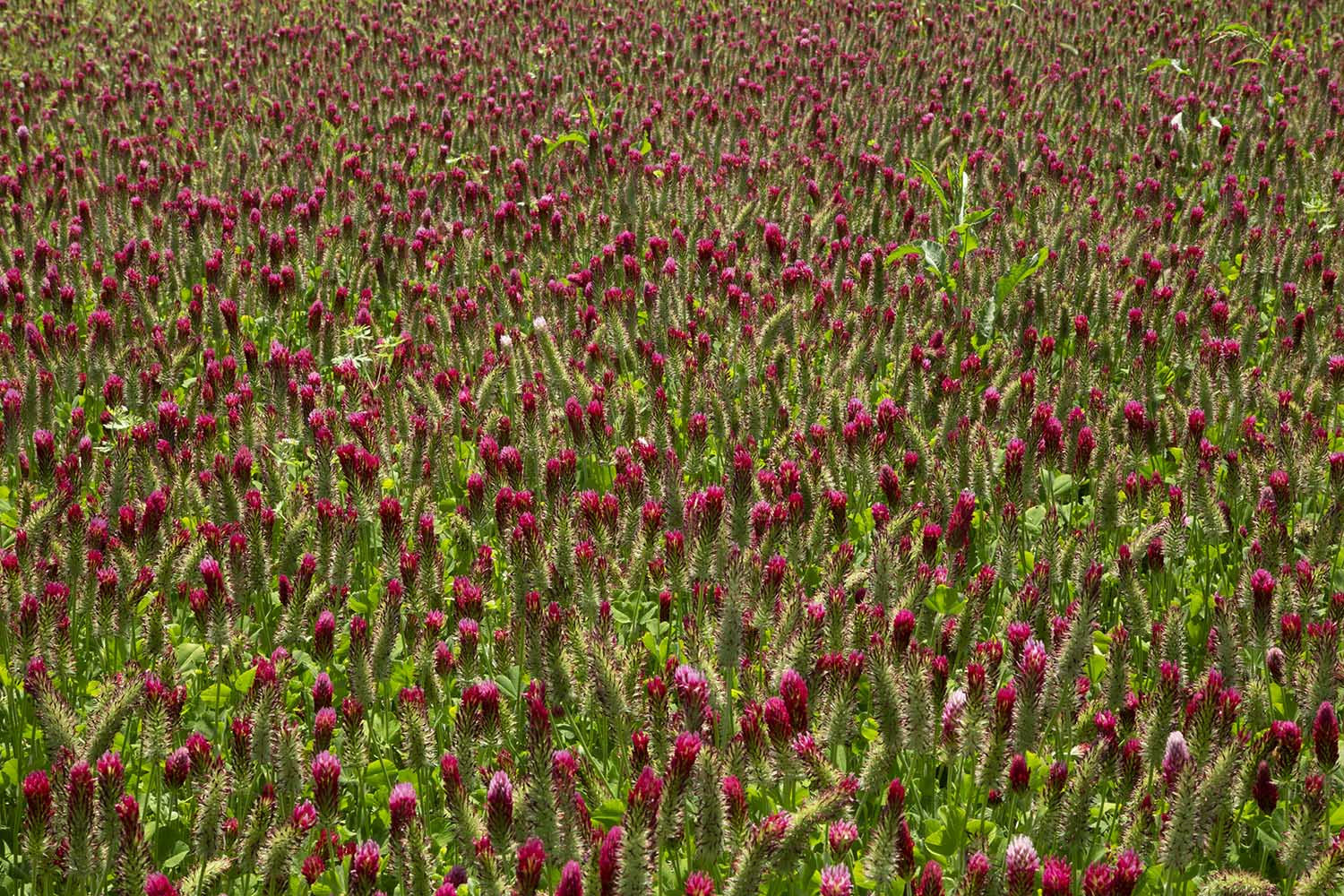
How do you choose the best cover crop for your garden?
When choosing a cover crop, it is important to consider what you want the cover crop to accomplish in your garden. Do you want to improve the quality of your soil? Prevent weeds from taking over? Attract beneficial insects? All of the above? Once you know what your goals are, you can choose a cover crop that will best meet your needs.
For example, if you want to improve the quality of your soil, you might choose a cover crop that is high in nitrogen, such as clover or vetch. If you’re trying to prevent weeds from taking over, cover crops such as rye or oats will help to smother them. And if you’re looking to attract beneficial insects, a cover crop like buckwheat is a good choice (although many cover crops will meet this goal).
If you are planting a summer cover crop, you’ll need a fast-growing variety like buckwheat, sorghum-sudangrass, or millet. If you are planting a winter cover crop, you’ll want a variety that will overwinter well in your climate, such as rye, wheat, or triticale.
Winter rye is a variety that will grow much later into the fall and help your cover crop get even more established. High Mowing Organic Seeds sells a rye-vetch mix with a good nitrogen source and hardy winter growth.
No matter what your goals are, there is a cover crop that can help you achieve them.
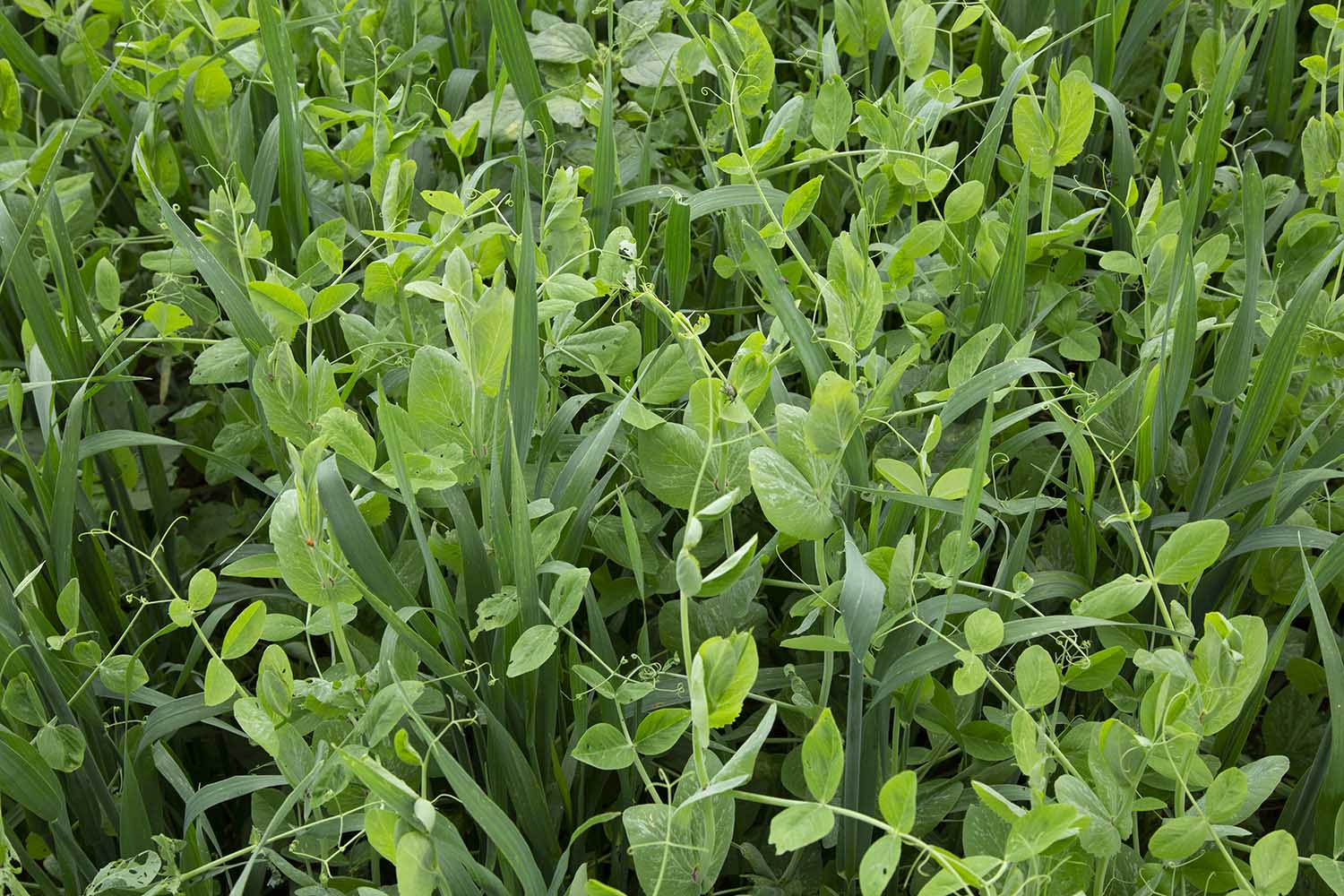
When is the best time to plant cover crops in your garden?
The best time to plant cover crops depends on the crop type and your climate. However, it is generally best to plant cover crops in the spring or fall when the weather is cool and there is ample rainfall. Cover crops can be classified as either summer or winter crops.
Summer cover crops are usually planted in late spring or early summer, after the last frost date. These crops are grown to nourish the soil quickly in time for summer plantings, so you’ll choose quick-growing cover crops and till them over in as little as four weeks.
Winter cover crops are usually planted in late summer or early fall, giving the plant enough time to establish itself before the first frost (at least four weeks is good practice). These crops will stay in place over the winter and nourish your soil while deterring weeds from taking over before you come back to plant in the spring.
How to Plant a Cover Crop in Your Home Garden
Once you’ve selected a cover crop, you’ll need to decide how much seed you need. A general rule of thumb is to use about ½ pound of seed per 100 square feet. You can buy cover crops in 5lb, 20lb, or 40lb quantities or in bulk at a local garden center.
If you are planting a cover crop in an area that has already been tilled or cleared, you can broadcast the seed by hand and then rake it into the soil. If the area is not cleared, it is best to turn the existing plants into the soil to create a plantable surface, but you do not need to dig deep till to plant your cover crop.
Once the cover crop is planted, you’ll need to water it well so that the seed can germinate. After that, you can sit back and let nature do its thing!
When should you terminate a cover crop?
You’ll know it’s time to terminate (or kill) your cover crop when it reaches a height of 12-18 inches. At this point, the cover crop will start to flower and go to seed, which can be detrimental to your garden. You don’t want the cover crop to take over, so it’s best to terminate it before it gets too big.
There are several different ways to terminate your cover crop. One is to cut it down with a lawnmower or weed whacker, careful not to damage any existing plants. You can also till it under, which will turn the cover crop into the soil and help to break it down.
Or, you can cover the cover crop with a tarp or black plastic and let it suffocate. This method does take a bit longer, but it’s worth it if you’re looking for an organic way to kill your cover crop and leave the nutrients in place. The dead plants can then be turned into the soil before you plant your vegetables.
Other posts you might like
- How to Dry Fresh Thyme – 5 Methods
- How to Propagate and Grow Rosemary from Cuttings
- How to Regrow Scallions in Water
- Beginner’s Guide to Growing Basil in Your Garden
- How to Grow and Harvest Mint
Carrie Williams Howe is an educational leader by day and an aspiring homesteader by night and weekend. She lives on a small homestead in Vermont with her husband, two children, and a rambunctious border collie. She blogs about her family's homestead life at The Happy Hive.
